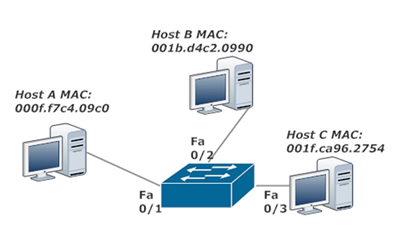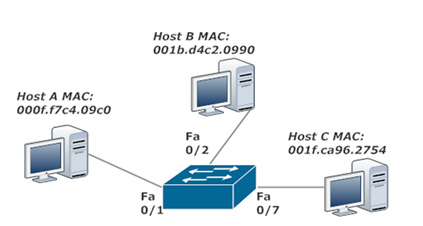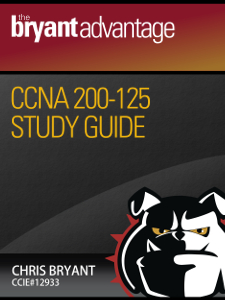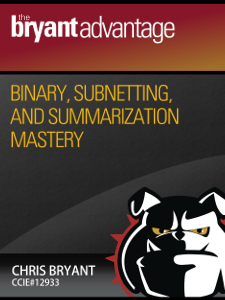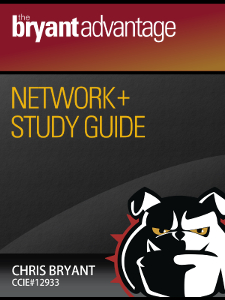CCNA And Network+ Tutorial: A Hidden Benefit Of Dynamically Built MAC Tables
In this installment of your free CCNA and Network+ course on switch fundamentals, we’ll use a live Cisco switch to demonstrate a benefit of dynamically built MAC address tables that you might not notice until something goes wrong with a cable or port.
Switches dynamically update their MAC table when there’s a physical change to the switch connections, which saves us time and aggravation. In this lab, we have three dynamic entries in our MAC table. I have a feeling something terrible is about to happen to one of them, but right now, all is well.
Note that I’m using the dynamic option with show mac address, which shows only dynamic entries and leaves out those pesky CPU entries (and any other static entries).
SWITCH1#show mac address dynamic Mac Address Table ------------------------------------------- Vlan Mac Address Type Ports ---- ----------- -------- ----- 1 000f.f7c4.09c0 DYNAMIC Fa0/1 1 001b.d4c2.0990 DYNAMIC Fa0/2 1 001f.ca96.2754 DYNAMIC Fa0/3 Total Mac Addresses for this criterion: 3
I knew it! Something has gone suddenly and terribly wrong with Fa0/3, so that entry is now gone.
(Spoiler: I shut the port down.)
SWITCH1#show mac address dynamic Mac Address Table ------------------------------------------- Vlan Mac Address Type Ports ---- ----------- -------- ----- 1 000f.f7c4.09c0 DYNAMIC Fa0/1 1 001b.d4c2.0990 DYNAMIC Fa0/2 Total Mac Addresses for this criterion: 2
Using dynamic entries, the solution is a breeze. Move the cable to a working port, and once the switch receives a frame from that host on the new port, it makes a new entry in its MAC table. I moved that host to Fa0/7, and all is well.
SWITCH1#show mac address dynamic Mac Address Table ------------------------------------------- Vlan Mac Address Type Ports ---- ----------- -------- ----- 1 000f.f7c4.09c0 DYNAMIC Fa0/1 1 001b.d4c2.0990 DYNAMIC Fa0/2 1 001f.ca96.2754 DYNAMIC Fa0/7 Total Mac Addresses for this criterion: 3
That’s a lot more efficient than entering a static MAC table entry. The host is back on the network in seconds, and you don’t have to worry about a mistyped MAC address in a static MAC table entry. (There is nothing easier to mistype on a Cisco switch than a MAC address!)
In previous lessons in this course, we spent quite a bit of time with frame forwarding. That’s important, but for your CCNA and Network+ exams, you need to know a little about frame processing as well. I’ll fill you in on that in a new tutorial on Tuesday, November 6. Right now, use these links to catch up on previous lessons, and thanks for making my work a part of your studies — and your success!
Lesson 1: CSMA/CD, Hubs, and Repeaters
Lesson 2: Bridges, Switches, and Collision Domains
Lesson 3: Building A MAC Address Table Dynamically
Lesson 4: Why Switches Drop Frames
Coming In December…
Coming In January 2019…





